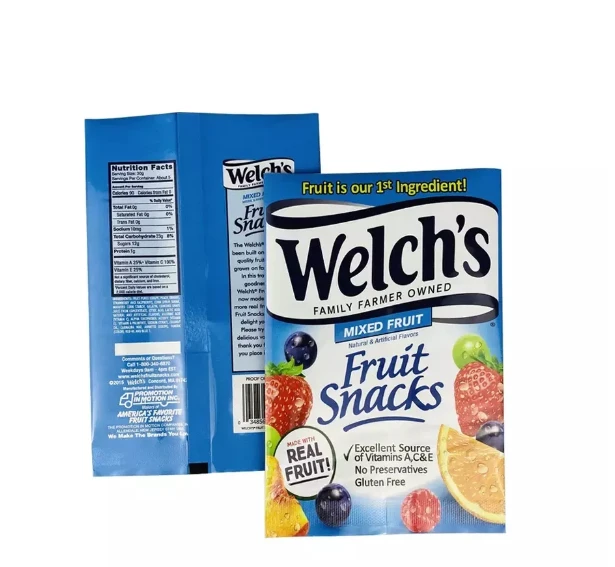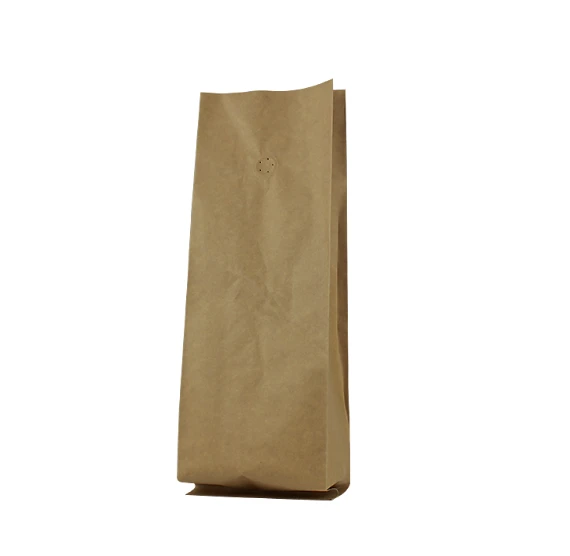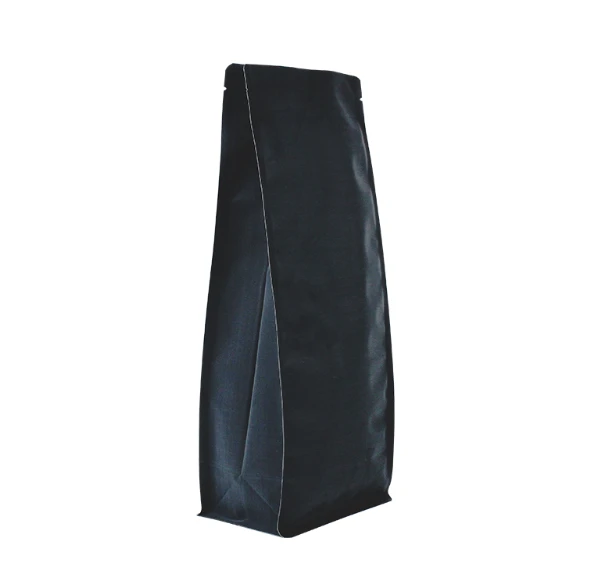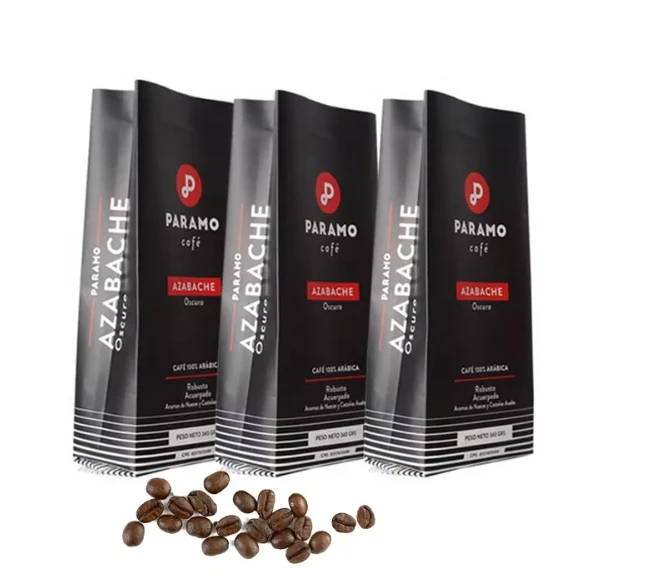Email: enid@bc-pak.com
Tel: 86-757- 88811186
- Afrikaans
- Albanian
- Amharic
- Arabic
- Armenian
- Azerbaijani
- Basque
- Belarusian
- Bengali
- Bosnian
- Bulgarian
- Catalan
- Cebuano
- chinese_simplified
- chinese_traditional
- Corsican
- Croatian
- Czech
- Danish
- Dutch
- English
- Esperanto
- Estonian
- Finnish
- French
- Frisian
- Galician
- Georgian
- German
- Greek
- Gujarati
- haitian_creole
- hausa
- hawaiian
- Hebrew
- Hindi
- Miao
- Hungarian
- Icelandic
- igbo
- Indonesian
- irish
- Italian
- Japanese
- Javanese
- Kannada
- kazakh
- Khmer
- Rwandese
- Korean
- Kurdish
- Kyrgyz
- Lao
- Latin
- Latvian
- Lithuanian
- Luxembourgish
- Macedonian
- Malgashi
- Malay
- Malayalam
- Maltese
- Maori
- Marathi
- Mongolian
- Myanmar
- Nepali
- Norwegian
- Norwegian
- Occitan
- Pashto
- Persian
- Polish
- Portuguese
- Punjabi
- Romanian
- Russian
- Samoan
- scottish-gaelic
- Serbian
- Sesotho
- Shona
- Sindhi
- Sinhala
- Slovak
- Slovenian
- Somali
- Spanish
- Sundanese
- Swahili
- Swedish
- Tagalog
- Tajik
- Tamil
- Tatar
- Telugu
- Thai
- Turkish
- Turkmen
- Ukrainian
- Urdu
- Uighur
- Uzbek
- Vietnamese
- Welsh
- Bantu
- Yiddish
- Yoruba
- Zulu
100% Recyclable Stand Up Pouch
Views :
Update time : Chw . 12, 2025 15:17
Exploring the realm of food packaging unveils a dynamic spectrum of innovation and practicality. As the breadth of consumer choices widens, food packaging continues to evolve, emphasizing convenience, sustainability, and consumer safety. Delving into the five essential types of food packaging showcases the industry's commitment to meeting diverse consumer needs.
Paper and Cardboard Packaging Embodying sustainability, paper and cardboard packaging resonate with eco-conscious consumers. With advancements in recycling technologies, these materials exemplify experience-driven innovation, reducing environmental impact while delivering sturdiness and protection. Ideal for dry goods and frozen foods, paper packaging supports branding through customizable designs, further strengthening brand-consumer connections. As a sustainable choice, it reflects a brand's commitment to minimizing carbon footprints, thereby enhancing trust with environmentally aware consumers. Biodegradable Packaging Pioneering a new era of environmental stewardship, biodegradable packaging has become a beacon of innovation in the food packaging industry. Derived from plant-based materials, these packages decompose naturally, reducing landfill waste and environmental impact. This forward-thinking approach underscores the industry's expertise in marrying sustainability with functionality. Biodegradable packaging not only meets regulatory standards but also aligns with the ethical values of a growing segment of consumers, bolstering brand authority and trustworthiness in the market. In conclusion, the diverse spectrum of food packaging types—plastic, glass, metal, paper, and biodegradable—reflects a sophisticated blend of expertise, authority, and trustworthiness. Each type addresses unique consumer preferences and market demands, showing that innovation is not merely about improving product longevity but also about embracing sustainable, consumer-centric solutions. For brands seeking a competitive edge, understanding and implementing these packaging strategies is imperative, as they not only enhance product appeal but also foster enduring relationships with their audience through reliability and responsibility.
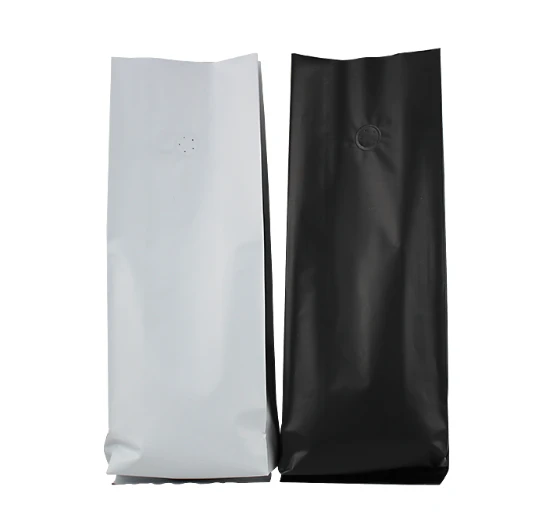

Paper and Cardboard Packaging Embodying sustainability, paper and cardboard packaging resonate with eco-conscious consumers. With advancements in recycling technologies, these materials exemplify experience-driven innovation, reducing environmental impact while delivering sturdiness and protection. Ideal for dry goods and frozen foods, paper packaging supports branding through customizable designs, further strengthening brand-consumer connections. As a sustainable choice, it reflects a brand's commitment to minimizing carbon footprints, thereby enhancing trust with environmentally aware consumers. Biodegradable Packaging Pioneering a new era of environmental stewardship, biodegradable packaging has become a beacon of innovation in the food packaging industry. Derived from plant-based materials, these packages decompose naturally, reducing landfill waste and environmental impact. This forward-thinking approach underscores the industry's expertise in marrying sustainability with functionality. Biodegradable packaging not only meets regulatory standards but also aligns with the ethical values of a growing segment of consumers, bolstering brand authority and trustworthiness in the market. In conclusion, the diverse spectrum of food packaging types—plastic, glass, metal, paper, and biodegradable—reflects a sophisticated blend of expertise, authority, and trustworthiness. Each type addresses unique consumer preferences and market demands, showing that innovation is not merely about improving product longevity but also about embracing sustainable, consumer-centric solutions. For brands seeking a competitive edge, understanding and implementing these packaging strategies is imperative, as they not only enhance product appeal but also foster enduring relationships with their audience through reliability and responsibility.
Recommend products
Read More >>
Related News
Read More >>





